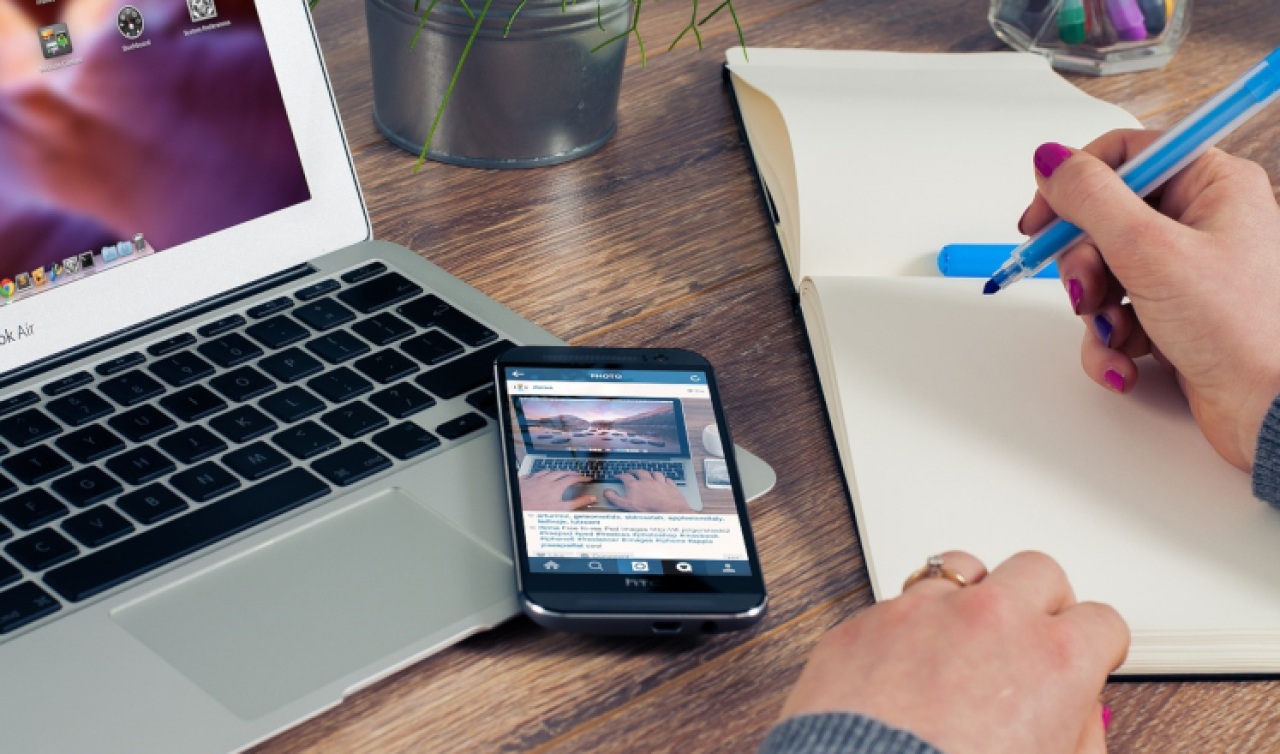Choosing the right home office furniture
In home office design, the choice of furniture plays a key role in determining both functionality and aesthetics. The ideal pieces of furniture are those that effectively combine ergonomics with style, creating a space where tasks can be carried out comfortably and efficiently.
A standing desk, for example, caters to a range of postural needs and accommodates both sitting and standing work preferences.
Investing in chairs that offer lumbar support can reduce the risk of back problems often associated with prolonged sitting.
Storage solutions are also important in a home office environment. Optimal furniture choices include shelving or cabinets that allow for easy organization and access to documents and tools.
Modular systems that can be expanded or reconfigured as needs change offer flexibility in space management. For those looking to add a touch of elegance to their workspace, wooden bookcases or glass-fronted cabinets may be an appropriate choice.
The harmony between form and function in furniture selection can undeniably enhance the overall efficiency and ambiance of a home office.
How to choose and install the right lighting for your home office
Lighting plays an essential role in home office design. Not only does the right lighting affect mood and productivity, but it can also prevent eye strain and fatigue – crucial for those who spend long hours in front of computer screens.
Choosing the correct lighting involves considering the type, intensity, and placement of light sources. For example, natural light is universally favored for its ability to improve mood and concentration. So placing a desk near a window can provide ambient light during the day.
However, relying solely on natural light can be inconsistent, especially on overcast days or during the winter months.
To counteract the inconsistency of natural light, a combination of task and ambient lighting is recommended. Task lighting, such as desk luminaires with adjustable arms, can focus light where it's needed, such as on documents or a keyboard.
LED luminaires are often preferred for their energy efficiency and range of color temperatures. On the other hand, ambient lighting such as standard or wall luminaires can fill the room with a soft glow, reducing shadows and contrast.
The technology you need to be productive when working from home
Many professionals find that their home office requires a different set of tools than they might have at a corporate location. High-speed internet, for example, is non-negotiable.
Slow or unreliable connections can hinder videoconferencing, file transfers, and even basic tasks like sending emails or browsing the web.
In addition, a quality computer, whether desktop or laptop, with a fast processor and sufficient memory, is the backbone of any efficient home office.
Beyond the basics, many find value in secondary screens to extend their desktop workspace and make multitasking easier. Noise-canceling headphones can help minimize distractions in potentially noisy home environments, proving invaluable during important calls or focused work sessions.
Other technology add-ons could include ergonomic keyboards, advanced webcams for clearer video calls, and cloud storage solutions such as Dropbox or Google Drive to securely store and share files.

